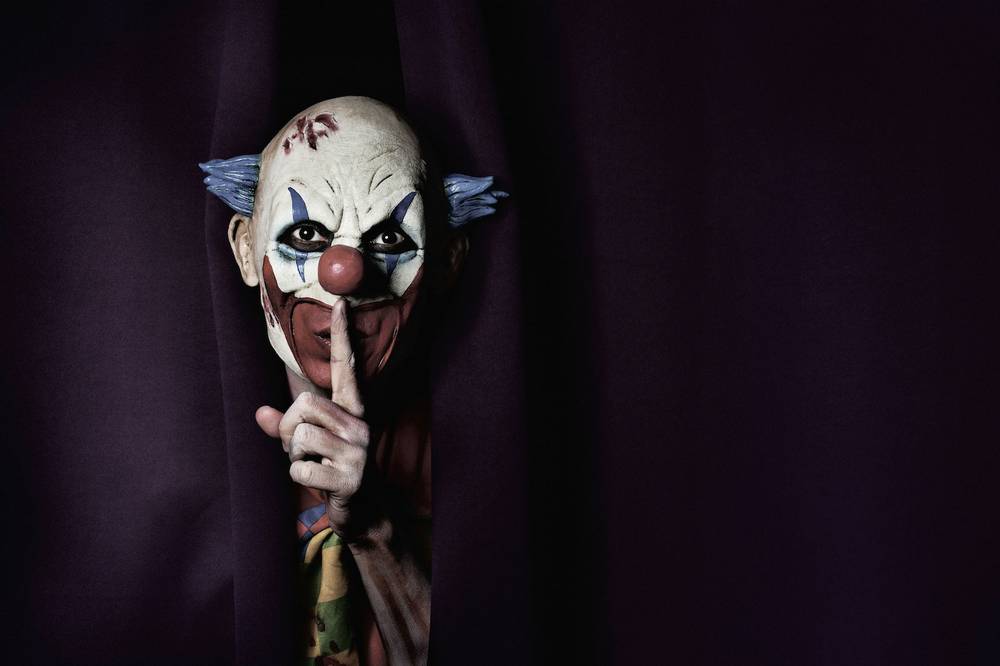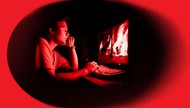More Halloween!
- Fear of clowns goes beyond the current rumor epidemic
- The ultimate Halloween candy bracket
- Scare up some fun: What to do this Halloween Weekend
- Dress up your furry friend with one of these five pet-approved ideas
- Five Halloween-themed drinks to trick-or-treat yourself
- Five great horror movies to screen on Netflix
In September, a Facebook account for Garbo The-clown posted an ominous threat to the social network, warning students at Chaparral High School to “run. We coming for yall.” In October, a white-faced, red-nosed profile for “Jerry Springers” published a schedule of local high schools slated for something undoubtedly sinister, and at Leavitt Middle School in northwest Las Vegas on October 6, a stampede of panicked students began when someone yelled “clowns” in a busy quad.
Since the first August reports of creepy clowns walking the streets of Green Bay, Wisconsin, and trying to draw children into the forests of Greenville County, South Carolina, rumors of masked criminals and machete-wielding Bozos have spread across the U.S. Schools have been locked down. Police departments have fielded a barrage of phone calls. Target has stopped selling clown masks, according to the LA Times; and an International Business Times map tracking clown-related incidents has pinpoints in Canada, the U.K. and Australia. Even Stephen King—the titan of horror behind creepy fictional clown Pennywise—has gotten involved, putting a call out on Twitter to “cool the clown hysteria.”
Just in time for Halloween, it appears we’ve reached peak coulrophobia. But while the irrational fear of clowns might be making headlines right now, it’s far from a new phenomenon. UNLV professor and psychology department chair Dr. Christopher Kearney says our discomfort with the face-painted characters actually has roots in something far older than Internet hoaxes and far simpler than bygone villains like John Wayne Gacy, who worked as Pogo the Clown and killed 33 young men and boys during the 1970s.
“Part of the evolutionary process is humans evolved, so that if you saw a human face that’s probably a good thing,” Kearney says. “We generally are predisposed to fear things that involve a covering of the face.”
With clowns, Kearney explains, it’s not the exaggerated features or false emotions that cause that involuntary chill up our spines. It’s the masking of a human face behind a heavy layer of rubber or paint. Throw on just the Bozo nose or goofy wig, he adds, and you don’t evoke the same reaction.
A few years ago, friends of mine threw a Halloween party in Henderson. Beer and costumes, co-workers and acquaintances. At some point in the evening, a guest arrived dressed as Jack from Jack in the Box, complete with oversized ping-pong ball head and empty cartoon grin.
We marveled at the outfit, but Jack just stood there, silent and smiling. We pondered who might be inside the costume, but Jack said nothing. And slowly, as two minutes turned to five and then 10, a trickle of fear seeped into our questions, curiosity escalating to concern and even anger. It wasn’t the head itself that scared us, but the question of who might be lurking inside it, whose face we’d find behind the mask.
When Jack finally took off his head, he was indeed someone we’d invited. But for a few minutes that night, Jack from Jack in the Box—hawker of brunch burgers and bacon cheddar potato wedges—was the creepiest clown I’d ever seen.





